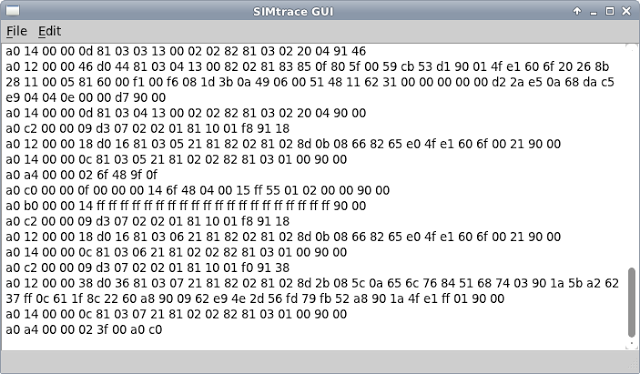Long Time no See (好久不見)
Almost a year ago I took my Qt/DirectFB Jenkins down. With that CI for MIPS/uclibc and DirectFB stopped being done (as far as I know). It was a difficult decision but it reflected my situation. I didn’t do a Qt project for a long time and didn’t have any Qt related work on the horizon. My main work involves using Smalltalk (GNU Smalltalk and Pharo) and writing a lot of a C code for the various Osmocom/GSM related projects and the…
